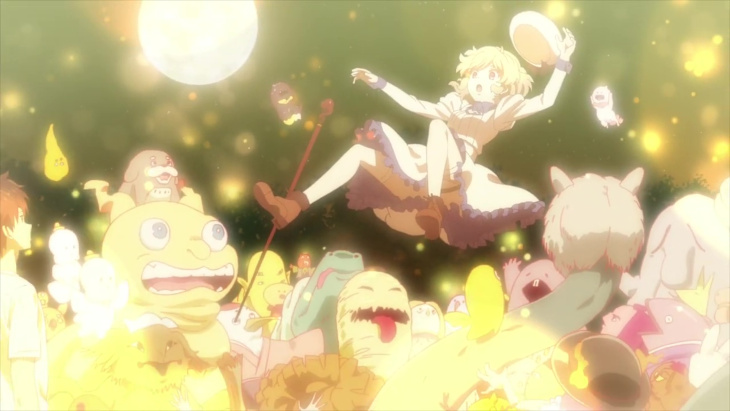
“I still get scared at night, but… there’s someone out there protecting the order of things. I’m sure the world won’t end up a crazy mess after all.”
In/Spectre is an odd duck that I think might be a victim of the seasonal structure. Pacing in anime, like in any narrative medium, is often the linchpin of a multitude of issues. In this instance, I would argue that In/Spectre is a fun and interesting 9 to 10 episode series that has been thrown on a rack and stretched painfully to accommodate a 12 episode season. This is a shame, because the core concept has some very fun applications, and this is one instance where the studio could easily insert a few filler episodes without detracting from the overall quality. Instead, the gradual pacing results in a series that comes across as a bizarre Frankenstein blend of a Dragon Ball Z fight and a debate club, where instead of charging up power levels we get to see characters discussing strategies and perspectives ad nauseam before finally initiating a proper debate to close out a mystery. It’s an overly tedious approach to a scenario that should be rife with intrigue. Despite these issues, the core idea behind the series is really fun and the characters are enjoyable. I simply wish the story itself was more tightly constructed.
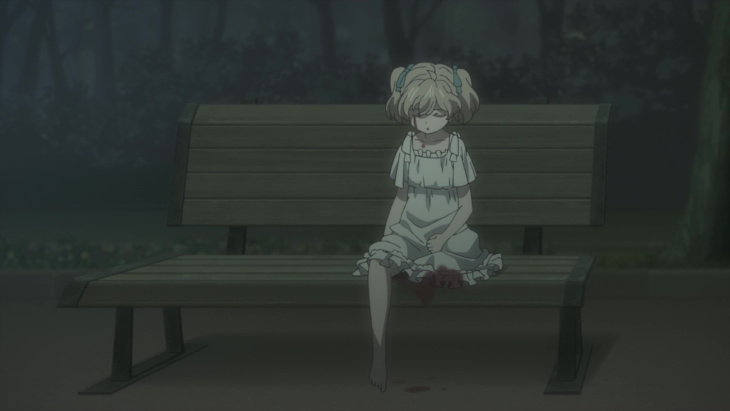
The story follows Kotoko Iwanaga, a young woman who, when she was 11, allowed spirits to take her right eye and left leg in exchange for becoming their “Goddess of Wisdom.” As their goddess, she has the authority to command various yokai and serves as a mediator between spirits and the world at large. We also follow Kuro Sakuragawa, a man with a combination of regenerative and precognitive powers derived from feeding on the flesh of two particular yokai. As a pair of leads, they can be charming and quirky, but the show actually doesn’t spend that much time allowing them to work off of one another, which is another reason that an early set of filler episodes might have been appreciated. Together, they work on investigating and addressing the concerns of spirits. Their relationship is a peculiar one, even by anime standards. Iwanaga is very upfront about her romantic interest in Kuro from early on in the series, but the show ends up skipping over the first two years of their relationship. Then, following that time skip, we barely see them alone together for several episodes. It’s an odd method of handling the character dynamics and it serves to further highlight some of the pacing issues.
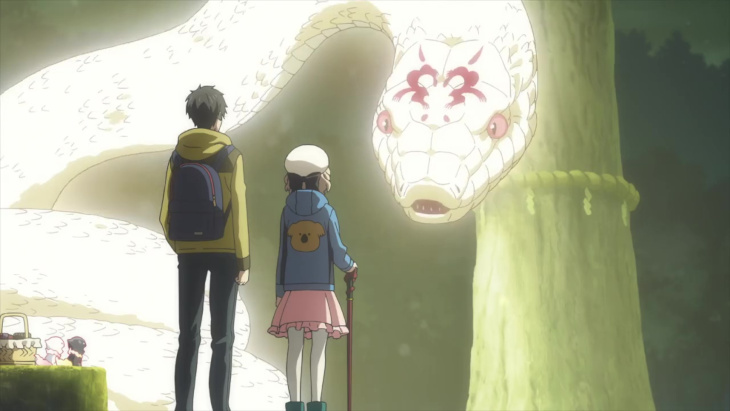
Speaking of narrative structure, the show is uneven in how it lays out its cases as well. At first glance, it seems that we will be watching Iwanaga and Kuro investigate different cases throughout the season. However, by the end of episode 3, the show introduces a case, the “Steel Lady Nanase” case, which proceeds to take up the remainder of the series. Roughly three quarters of the season are devoted to this one case, and, while aspects of it are certainly interesting, the arc didn’t require that much screen time. Birdy has read the manga adaptation, and he was shocked when I stated that they were still on the “Steel Lady Nanase” story. It’s possible that the production staff padded the arc to make it last longer, because they felt there wasn’t enough time available to adapt the arc that follows, but that’s pure speculation on my part. Either way, this section of the series feels rough. Multiple episodes are spent with characters talking in a parked car, and, while visual flourishes can energize the discussion somewhat, it just takes too damn long. I love the supernatural-investigation concept for the series, but its tendency towards being long-winded undermines that charm.
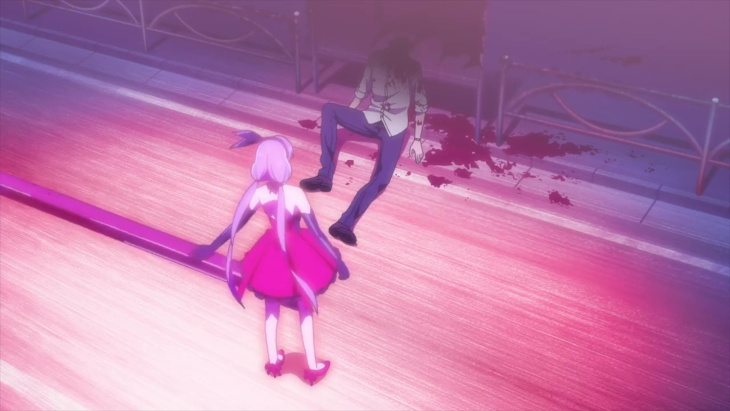
The production for this one was handled by Brain’s Base. Looking back, their filmography includes a number of titles I really love, but it’s been many years since they worked on anything I significantly cared about. Frankly, the production here is a little lackluster. The action scenes feel bland and lack the kinetic quality which was present back when they adapted Baccano!, and the show utilized a color filter to signify when evil spirits were around that was fine in small amounts, but gradually wore out my patience. I also found myself irritated by some careless mistakes made when animating Iwanaga. As someone who has devised a female character with a prosthetic leg and glass eye in the past, seeing Iwanaga do things like ride a bike without securing her foot to the pedal irked me to no end. Plus, there’s no sign of eye movement limitations in her prosthetic, and, when people with a fake eye sleep, they’ll often do it with that eye open. I find these details and oversights distracting, but that may vary from viewer to viewer, so employ your own judgment there. The music was the highlight of the production as it featured not only a good OP and a good ED, but also a memorable background soundtrack which effectively highlighted the quirky aspect of the characters and dialogue. Like the rest of the show, the production has both notable charms and limitations.
Before I wrap up, a few Notes and Nitpicks:
- The antagonist for this season (and possibly for the series as a whole), doesn’t get introduced for a while, and, when they do appear, it’s in flashbacks or with them influencing events from afar. We never get a direct encounter between them and the leads, and it’s an inelegant handling of the dynamic which could have benefited from a restructuring.
- The dialogue in this series is very unnatural, but that is by design. I found that I enjoyed it (In moderation.), but some may find the slightly zany tone off-putting.

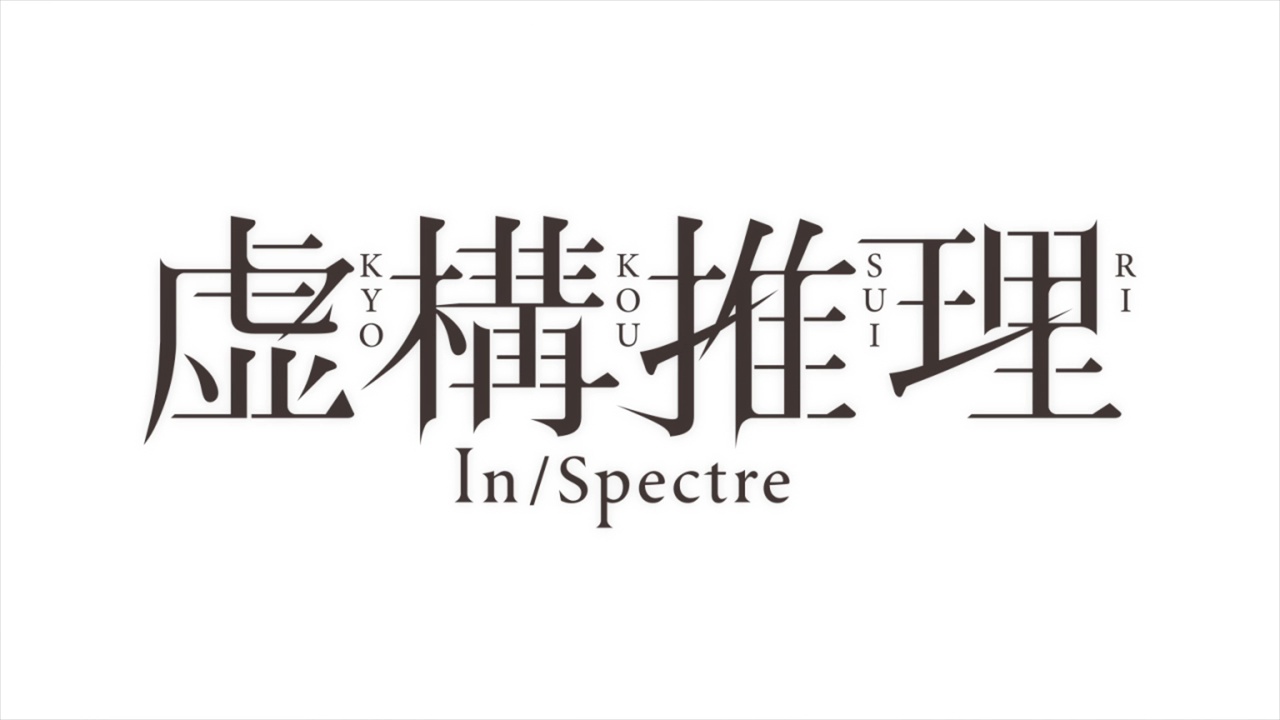
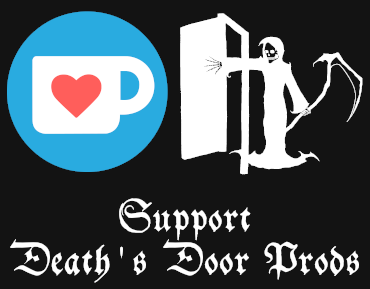

Add comment